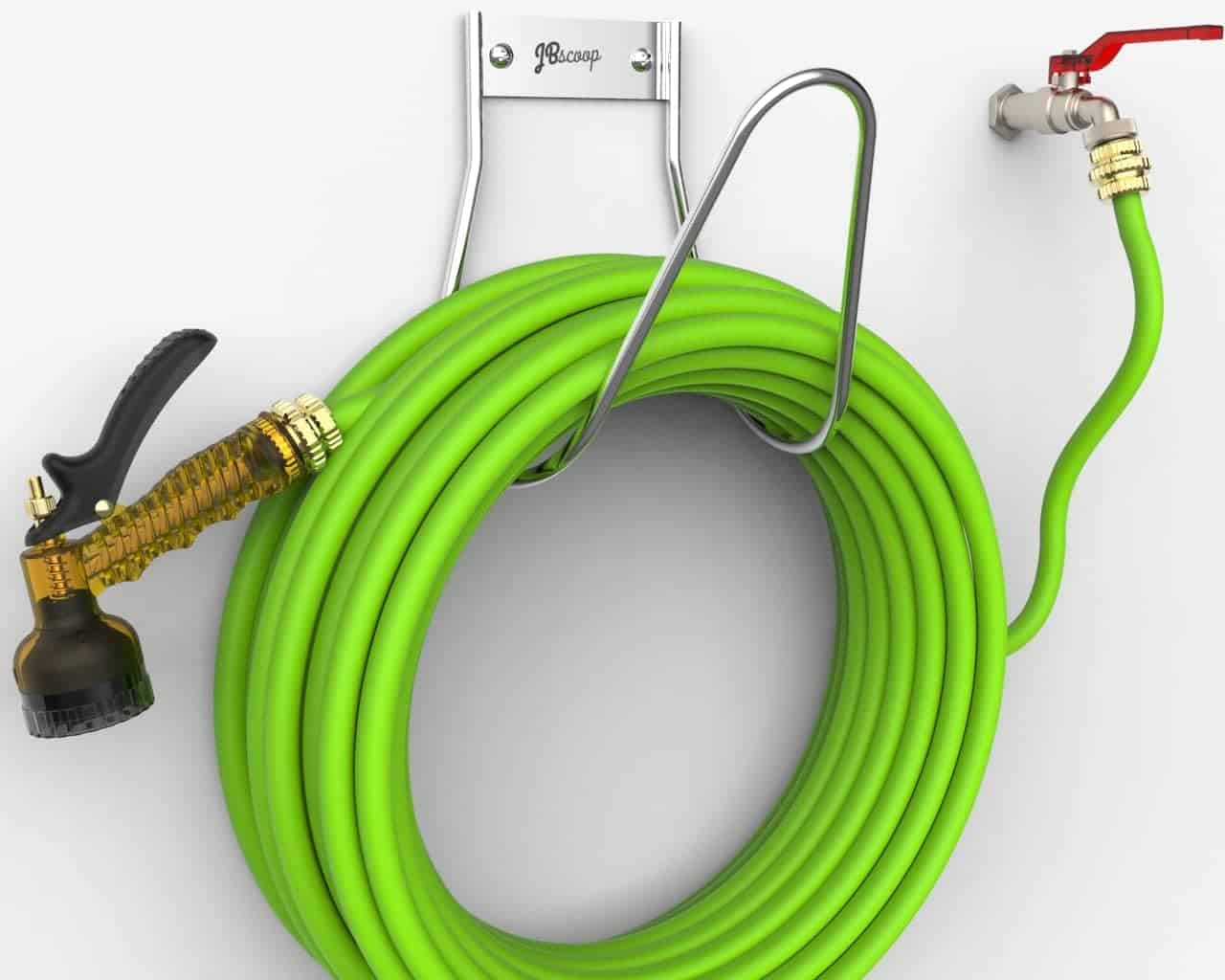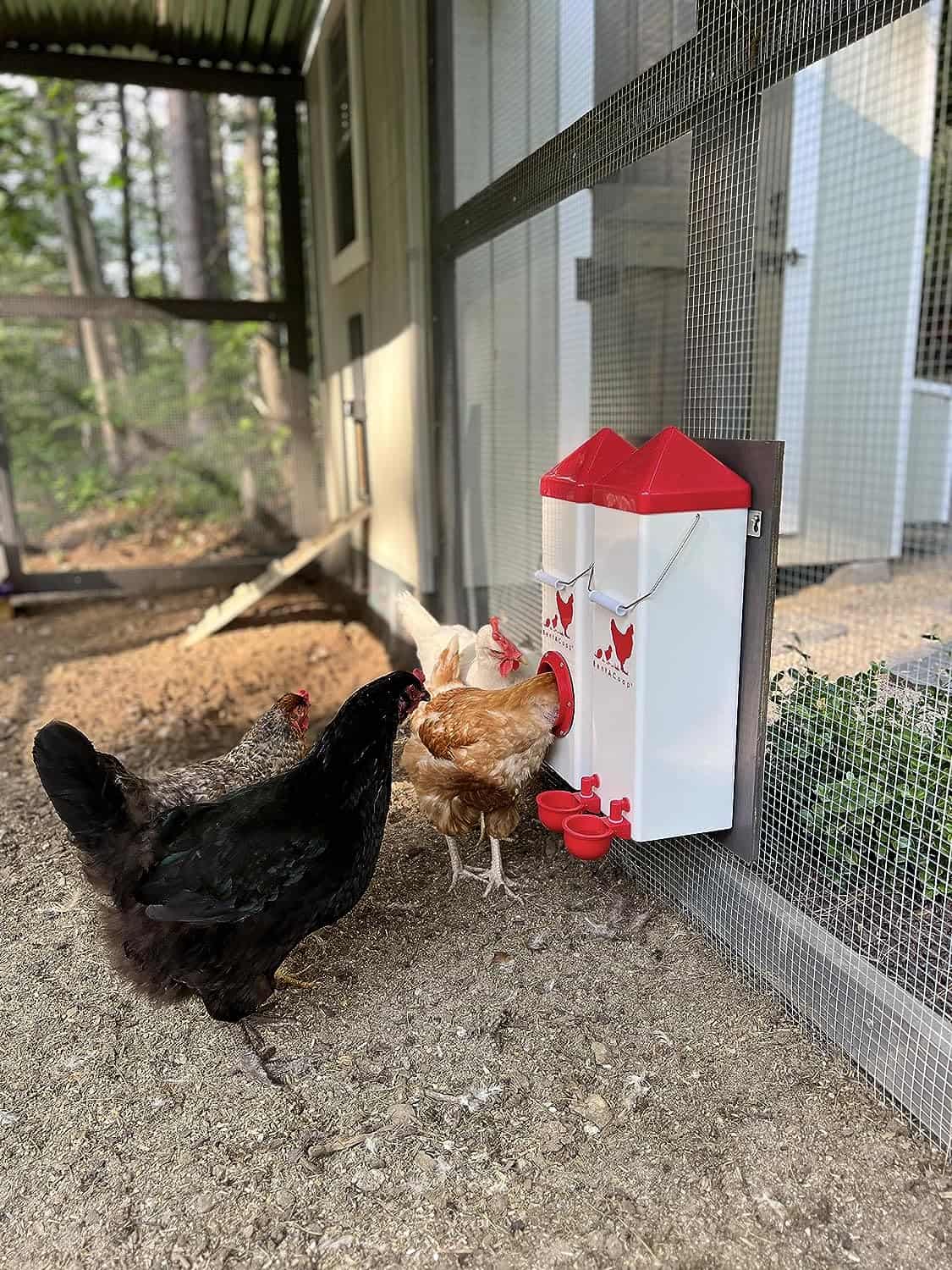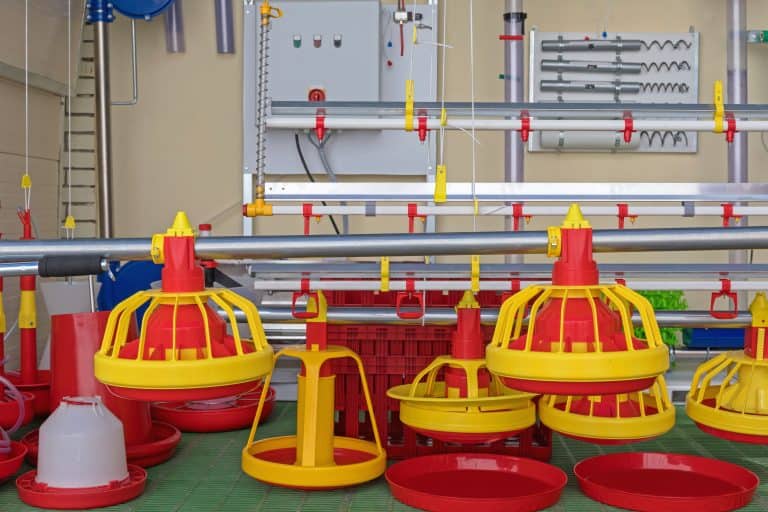How Do Farmers Know When Eggs Are Fertilized?
Knowing if you have a fertilized egg or not can be tricky, especially if you aren’t sure what to look for. Many farmers and backyard chicken raisers have gotten pretty good at knowing how to tell when an egg has a potential chick growing inside of it. From candling to just cracking them open, there are a few different methods to checking if an egg is fertilized.
A person can tell if an egg is fertilized by either candling the egg and looking for dark splotches/veins, or by cracking the egg open and seeing if it has a small white spot (germinal disc) on the yolk.
If you are wanting to keep fertilized eggs for incubation, knowing how to tell the difference between fertile and unfertile is pretty important. There are a few tips and tricks for knowing which is which, with or without cracking the eggs. So how can you tell the difference with your backyard bounty? Keep reading to find out!
But before you dive into this topic, did you know I've got a page packed with my go-to chicken stuff? From the best feed to handy tools, it's all there. Don't you want the best for your flock? Check it out right here.
How Do You Tell If An Egg Is Fertilized?
You can tell if an egg is fertilized by means of a few different methods; by shining a bright light through the shell or by cracking it open and looking for the little white spot on the yolk that resembles a bullseye. Most people want to know without having to open the egg up. Some are just curious or are wanting to know how many eggs out of their coop are being fertilized by their rooster. Having that bit of information can be helpful in the future if you want to start incubating the eggs.
Fun Fact: Fertilization doesn’t guarantee that a chick would form inside the egg. It really means that given the proper conditions, the fertilized egg has the potential to grow into a viable chick.
Candling The Eggs
This is a process where, in a dark area, someone uses a bright light and holds it under the large part of the egg. The old-school method was used with a literal candle, hence the name, candling. When using a light source, you are looking for a dark spot (or a mass) near the middle of the egg with some spider-like veins forming around it.
The egg may also appear to be very opaque, or difficult to see through during candling when it is fertile. An unfertilized egg will not have a network of veins growing around it and will have an obvious yolk forming inside.
Candling should be done several times throughout the incubation process; typically around days 4, 10 and 17 to ensure that the fertilized egg is progressing the way it is supposed to. Sometimes, the embryo unfortunately dies, no longer making it a candidate for hatching and it should be removed.
Cracking Them Open
While this might seem like a waste of a good egg, especially if you are trying to keep them for incubation, sometimes sacrificing one is worth it. In an ideal situation, you would be able to candle the egg to see if it is fertile, but there are times that it is difficult to tell, especially early on. Usually, it takes over 24 hours or a hen sitting on an egg before you can start to see the veins forming inside.
So why crack one open? Well, if you do so, and find that the egg has the germinal disc or white cluster of cells that resembles a small circle on the yolk, then you know that it is very likely that the rest of her clutch is also fertile.
Float Test
This is a method you should only attempt if you have already incubated the eggs for the full 21 days and they haven’t hatched yet. Sometimes we lose chicks and they are no longer alive in the shell, sometimes they’re just stragglers. When I want to see if the chick is still alive in an unpipped (no hole poked through by the chick inside) or cracked egg, I will use the float test.
The conditions should be set for the likelihood that a chick is alive in the egg, so make sure that the water is nice and baby bottle temperature. Basically, you should barely be able to feel it on your wrist. With the water not moving, carefully place the egg inside and watch to see if it sinks or floats.
Egg Sinks: This egg is now a dud. It is likely that it was infertile from the beginning. This is why candling regularly is important when incubating eggs.
Egg Floats: Watch how it floats. If the egg is floating vertically with the large part up and the pointed end down then it is called a “yolker” meaning that it was potentially infertile from the beginning or the embryo died later in the incubation process.
If the egg floats more horizontally or at an angle then there is probably a live chick still inside. Promptly remove the egg, wipe it dry and place it back inside the incubator.
Important note: Do not wash off eggs before putting them in the incubator. Washing the egg can remove a natural coating called “bloom” that helps protect the inside. Eggshells are porous, so without the bloom, bacteria can seep in and contaminate the egg.
Wait, I have some recommendations for you!
Before you go any further, I want you to take a look at some of the recommendations I've handpicked for you. I think these are essential items you should have for your chickens flock. You can check them out and buy them directly from Amazon.
 |  |  |  |
| Essential accessory for your coop | No more tripping over hoses! | Predator protection made easy | Comfort + style is possible |
Can You Eat Fertilized Eggs?
Absolutely! As long as it’s early on. You wouldn’t want to take an egg that the hen has been sitting on for a few days as the incubation process has started. Once an egg is taken in the first 24 hours and placed in the fridge, the embryo development stops and it is perfectly safe to eat.
Can I Have Fertilized Eggs Without A Rooster?
The simple and easy answer is no. You cannot have any fertilized eggs if you have only pullets or hens and no rooster. You must have a male around in order for there to be any fertilization action going on.
In order for eggs to become fertilized in the first place, a hen and a rooster must complete the process of the “cloacal kiss”. From there, she will lay an egg that has been fertilized.
Fun Fact: A hen can actually refuse or eject the seed from a less desirable male, allowing for much more control over who fathers her young.
If you have a rooster or several roosters who are actively mating with your hens, then it is usually safe to assume that a majority of the eggs will be fertile.
Are My Chicken’s Eggs Fertilized: To Crack Or Not To Crack
Which method someone chooses to interpret egg fertilization is a matter of preference. You really just have to know what to look for! With the helpful advice in this article, you should have no problems identifying which of your hen’s eggs are fertile and which ones aren’t.







